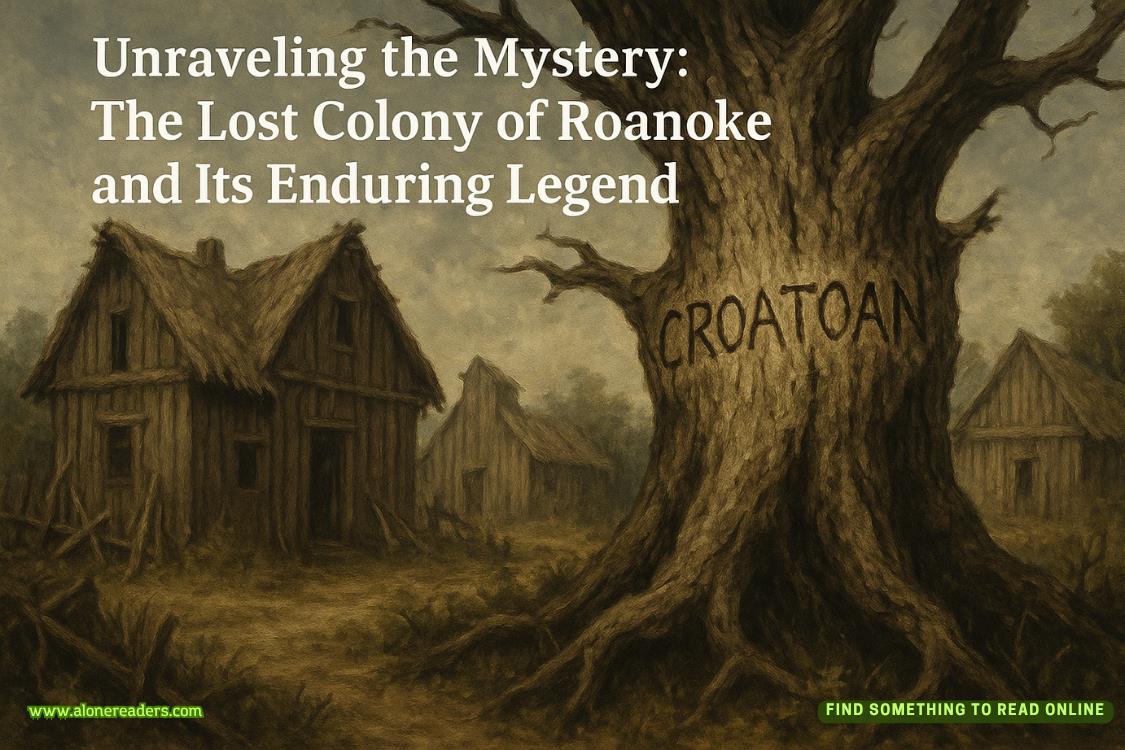Chapter twelve
The scheduled visit to Mr. Thornton’s factory took place on a late winter day. Mr. Hale and his daughter left Mrs. Hale to the comfort of her sitting room and headed out into the dreary cold.
Margaret had often accompanied her father on his way to the Lyceum when he was scheduled to give a lecture on ancient architecture or philosophy. She was now more familiar with the walk to town, which was about two miles of byways and paths.
On the rise of a hill just before they reached the center of town, the wind blew in gusts, and Margaret was glad her bonnet was tied on. She liked the view from this vantage point, however, and recalled how she had wondered aloud to her father weeks ago which imposing chimney in the skyline below was from Mr. Thornton’s mill.
“From what I understand, Mr. Thornton’s mill is the largest in the town,” her father had replied, and they had guessed which chimney might be the most imposing.
They had seen the towering structure of his mill, of course, when they had visited his home, but now they would enter thevery core of Milton’s volcanic power—to see the mystery of its inner workings. Both father and daughter were curious to see the great factory to which Mr. Thornton’s life was tied.
The visitors reached Marlborough Street at last and walked through the tall, open gates into the mill yard. Margaret glanced cautiously at the upper windows of the grand stone house standing to one side. A smile crept to her face as she imagined Mrs. Thornton spending a portion of each day just standing there to admire her son’s empire. But a “Halloo!” from a burly man coming to meet them brought her attention to their purpose.
“Mr. Hale? The name’s Williams. I’m the overseer. Mr. Thornton sent me to bring you along.” He turned back toward the building, and they dutifully followed.
He led them into a door, and they walked through a hallway into a great room where bits of cotton fluff floated in the air. A giant wheel on the far wall drew in much of the floating cotton ‘snow.’ At the center of the room was a massive machine with turning cylinders of some kind that creaked. The roar and clank of heavier machinery could be heard in the distance.
A few girls were working in the room, their hair bound inside headscarves. One of the girls looked up from her work to notice the visitors, but the others kept their heads down.
“This here is the carding room. Mr. Thornton should be here shortly. I’ll tell him you’re here.” Mr. Williams announced before opening another door and disappearing.
Margaret had, of course, seen cottagers spinning cotton into thread and making cloth. But she’d never seen it done on such a scale. Her father took an interest in the machinery, while Margaret wondered about the lives of these girls.
“Hello,” Margaret ventured kindly when the girl glanced at her again. “Have you been working here for long?” she asked.
“Only a few months,” she answered shyly. “My father got me work here at Thornton’s because it were better for my health. I worked at Hamper’s afore that.”
“How is this mill better than any other?” Margaret asked, intrigued.
“Mr. Thornton put in a wheel undefinedhere to clear away cotton fluff. So there’s less fluff floatin’ around to get in yo’r lungs,” she explained, casting curious glances at Margaret as she tended to her work.
Margaret listened solemnly. That other mill owners might not take any care for the health of their workers shocked her. Was Mr. Thornton different from the rest?
“My name is Margaret Hale. May I ask your name?”
The girl stared at her for a moment. “Bessy Higgins,” she replied. Seldom did women such as her come and look at all their doings. And never would such a one speak to a factory girl so kindly.
Margaret smiled, and Bessy couldn’t help smiling in return.
“Do you like working here?” Margaret asked, but Bessy snapped her attention to her work, her visage hardened.
“Mr. Hale, Miss Hale.” The familiar Darkshire voice made her heart skip a beat.
Margaret whipped around to find herself under Mr. Thornton’s gaze. She colored, wondering if he had heard her question.
“I’m sorry to have kept you waiting. But I see you have made the time useful,” he remarked. “This is the carding room. The carding machines work like a comb, straightening knotted fibers into long ropes we call ‘slivers.’ These cotton ropes are collected in cans that are taken to the next station.”
Mr. Thornton led them to the next door. Margaret glanced back before following, exchanging a last glance with the factory girl. Had Bessy been frightened by Mr. Thornton’s presence?She wondered if he was stern and unforgiving in the treatment of his workers.
They moved through a brief corridor, and the Master stopped before the next door.
“The next room is our spinning shed. Each machine, which we call mules, has over a thousand spindles. The cotton is twisted and stretched to make yarn. It is important that the temperature is warm enough here that the cotton will not break,” Mr. Thornton explained before opening the door to let them in.
Heavy mechanical mules slowly rolled back and forth over the floor, pulling long threads.
Margaret’s eye caught a flash of movement, and she turned to stare aghast at two young children scrambling beneath the long strands to gather the cotton that had fallen. Their bare feet were smudged with mud, and their breeches were worn and ragged. She guessed them to be about eight years of age and marveled that they should be scurrying so near the massive moving machinery.
Mr. Thornton then shepherded them through another corridor before stopping before a massive wooden door on an iron track. He explained that the weaving shed would be very loud as each power loom shuttles warp and weft threads across the width of the cloth two hundred times a minute.















